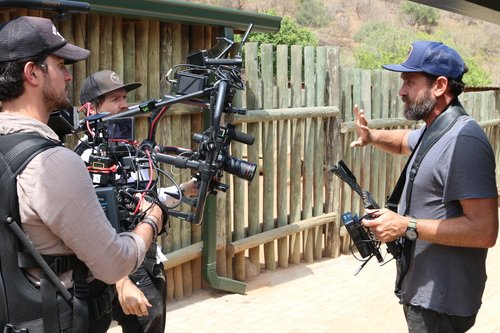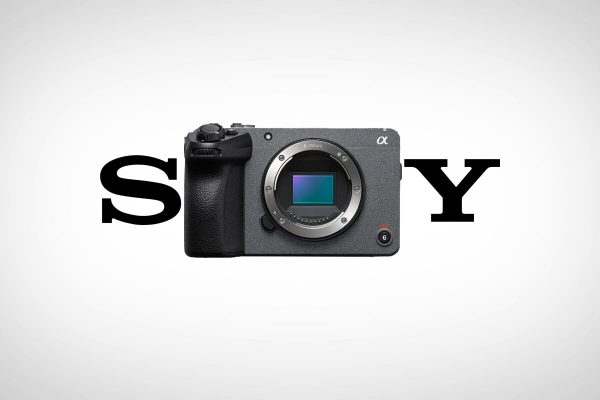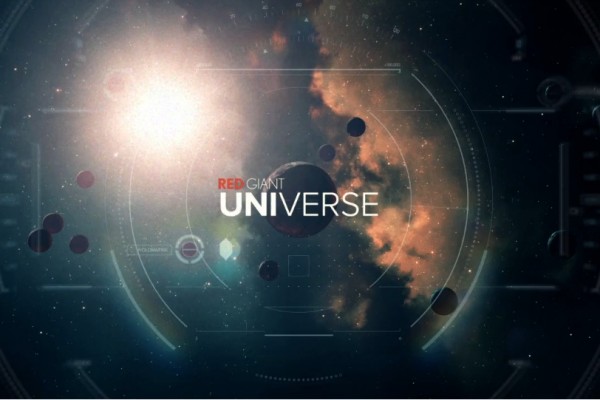SAVE THIS RHINO is no ordinary conservation environmental documentary seen in the heritage of the creative team led by maverick AACTA winning filmmaker and producer Michael Lawrence (Bra Boys, Fighting Fear, Uncensored with Michael Ware, You and Me, Proximity) and directed by legendary award-winning filmmaker Taylor Steele.
Audiences across Australia, New Zealand, the UK and South Africa will be inspired and moved to action by this powerful new 2-part feature documentary SAVE THIS RHINO, that aired in the lead up to the World Cup of Cricket in 2019 on National Geographic Channel and then on demand.
SAVE THIS RHINO heralds the first major project for THIS. Film Studio, M&C Saatchi Group’s film and television production studio. Shot in partnership with National Geographic, Cisco, Dimension Data and Land Rover South Africa, entirely on Canon equipment, SAVE THIS RHINO follows the desperate efforts in South Africa where 80% of the world’s critically endangered rhinoceros, whose population is now hovering below 25,000 at the hands of poachers hunting for the highly sought-after rhino horn live. Presently, three rhinos are killed every day and if this continues, the animal will be extinct by 2025. If the ban on illegal rhino horn trade for alleged medicinal properties is removed, it could be as rapid as a couple of years.
Video and Filmmaker sat down the Taylor Steele (Director of Save This Rhino) to chat about his career and this project.
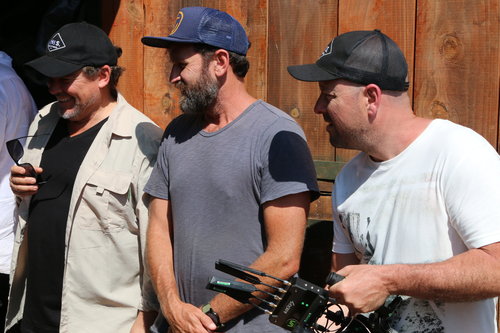
VF. Tell us how to got into Filmmaking? (Brief Rundown on your career)
TS: I got started by creating surf movies at a young age and then from there I made many surf movies. Over the years I got asked to commercials with the same tone as my surf movies. After doing films and commercials that were mainly beautiful imagery and not much story I got a little bored. So I started making more documentaries with stories. Now I combine both beautiful imagery and compelling stories within my work (I hope!)
VF. When did you know you wanted to be a director?
TS: I started making short films in high school but at that point I didn’t know it was a career option, I just enjoyed doing it for fun. You could say I wanted to be a director from the age of 12 but I didn’t know it was possible until when I made my first successful surfing short film at the age of 18. From then on, my career and passion continued to grow, and I have been able to live my dream since.
VF. How did the opportunity for ‘Save The Rhino’ come about?
TS: The opportunity for Save This Rhino came about through Kevin Pietersen, he came to us with the information around the work that is being done to save the rhinos in South Africa and he wanted to create a series to inform people of this.
VF. Take us through the thought process you went through between seeing the job come across your desk and actually deciding to go ahead
TS: When the idea came across my desk, the first thought I had was that there are already a range of rhino poaching series/documentaries. I didn’t want to do something that someone else has done before. I thought deeply around how I could create emotion and empathy through the work and that’s when I myself got emotionally involved, thinking about the rhino orphanage, the people and rangers helping these rhino.
VF. Tell us about the team, have you worked with them before? And what where your initial thoughts?
TS: I had worked with the producers Mick Lawerence and Nick Cook a lot beforehand, so I knew we had the ability to make great work. The camera crew on the other hand was new, and knowing how intense the shoot was going to be I did worry they would be mentally and physically prepared for the long shoot
VF. Can you take us through your pre-production process?
TS: The pre-production process on this series was different to anything else I have worked on. We sat in a war room and wrote out all our ideas on a wall. We treated it almost as if it was a crime scene we were trying to solve, even bringing in an ex-CIA worker. We worked with the information that we had; an orphan rhino, a killed rhino mum, poachers and people helping the rhinos. We deep dived into this information for three days.
VF. How closely did you work with Thomas Labanca and Tim Walsh on creating a look and feel for the project and what was your process?
TS: Working with both Thomas Labanca and Tim Walsh was extremely easy. We would talk about the look and feel required for the day in the morning and I would show them videos to help them visualise it. It was so interesting to watch them work, they communicated through looks alone to ensure they weren’t getting the same shots and were capturing everything.
After the first day filming they both completely understood my thinking and had the look down. From then onwards, I knew I could trust them.
One moment I remember very well was one of our first shots, we had just arrived at the rhino orphanage to greet the owner and as she walks out, a grown rhino starts running straight towards her. I looked over to my camera men and they hadn’t even filched, they had stood still and got the perfect shot. The rhino was tamed, and we had it all on film. It was amazing!
VF. Take us through some of your favourite scenes to film and what where some of the challenges you faced?
TS: I loved getting in the trenches with the rangers at night, there was so much adrenaline as you knew you were at risk of getting attached by a lion or a poacher. I feel the imagery that we managed to get from this that really highlighted dangerous the rangers go through on a daily basis.
In regard to challenges, the whole shoot we were trying to get one episode with our orphan rhino and one episode with a mum and a baby rhino. The real challenge was finding the baby rhino with a mum. We tried for whole two weeks and it wasn’t until the last day we found and shot exactly what we needed.
VF. How did you overcome those challenges?
TS: When you are creating a documentary, you set out with a rough outline of what you are going to get and it’s a given that you will always end up with something different. It is all about adjusting to what you get and making that work in order to bring the story to life.
VF. Filming in remote locations has its challenges, what equipment did you decide to travel with and what were some of the challenges you faced?
TS: We were very lucky Canon supported the project and provided us with a range of gear to ensure we could shoot every angle need and shot required to make the mini-series come to life. Without this gear, Save This Rhino would not have come to life in the amazing way it has.
The biggest challenge was shooting wildlife, as if you get too close to them they act differently and will sometime dart away. To be able to shoot from a distance, we need to use a big lens and big lens ideally need to be stable to get a great shot, but we were in a big moving truck. To overcome this, we had to get a bigger truck that would allow us to tie down the tripod securely and park up. We then had to spend a lot of time waiting for the animals to arrive in shot.
VF. Apart from the camera, what was one piece of kit that you could not have done without?
TS: On this trip for Save This Rhino, coffee would have to be on the shortlist, but we could not have done it without the Canon 1000m lens. Without this we would not have been able to capture the great imagery we did.
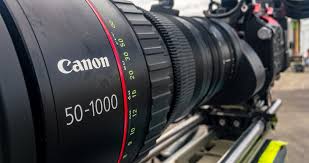
There was some pretty impressive Canon gear used on this documentary, Paul Stewart, Canon’s Senior Product Manager, also took the time to give us the low down.
VF. Tell us about the Canon gear that was used for Save This Rhino?
Cameras used:
· A camera – Cinema EOS C700
· B cameras – Cinema EOS C300 Mark II & Cinema EOS C200
· EOS 5D Mark IV
Lenses used:
· CN-E50-1000 (PL mount)
· CN-E30-300 (EF mount) Premium Zoom
· CN-E17-120 (PL Mount)
· CN-E18-80 Compact Servo
· EF24-105f4.0 LIS
· EF16-35f2.8L III
VF. Given the challenges that the crew would face, why was this equipment the best option?
PS: Having a flexible kit which will work across various platforms in hostile conditions is essential. The crew needed the gear to be maneuverable with the ability to work with multiple vehicles (cars/helicopters), gimbals and hand holding.
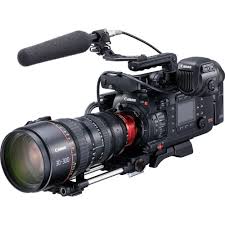
The C700 and CN-50-1000, which are a large sized camera and lens combinations, were used to capture video/shots on the moving vehicles. Due the high magnification of the 50-1000 (up to 1500mm with 1.5x extender), the camera kit required a rigging in the back of the truck to maintain a stable shot.
When shooting from the helicopter, an EF Lens was used with the C series cinema cameras due to space and size restrictions. The EF16-35f2.8LIII was used to provide the look required without compromising image quality.
are renowned for their colour accuracy. Matching colours across the Cinema system (C700, C300MKII, C200) and the EOS5D Mark IV is made possible by Canon’s image processing.
The cameras and lenses had the reliability and durability needed to work in various hostile conditions.
VF. Tell us about some of the stand out products that really made this project come to life?
PS: C700 – Canon’s flagship Cinema EOS camera provided wide dynamic range, 4K performance and flexible operability.
CN-E50-1000 PL – This unique servo zoom lens has astounding 20x optical zoom with a built in 1.5X extender. It provides up to 1500mm focal length on a Super 35mm format, all in a 6.6kg package.
Relevant Links:
https://www.canon.com.au/cameras/eos-c700 · https://www.canon.com.au/cameras/eos-c300-mark-ii
https://www.canon.com.au/cameras/eos-c200 · https://www.canon.com.au/camera-lenses/cn20-x-50-ias-h
https://www.canon.com.au/camera-lenses/cn7-x-17-kas-s
https://www.canon.com.au/camera-lenses/cn-e-30-300mm-t2-95-3-7-l-s-sp
https://www.canon.com.au/camera-lenses/cn-e-18-80mm-t4-4-l-is-kas-s
Watch the documentary here:
https://www.nationalgeographic.com.au/tv/save-this-rhino/episodes.aspx

